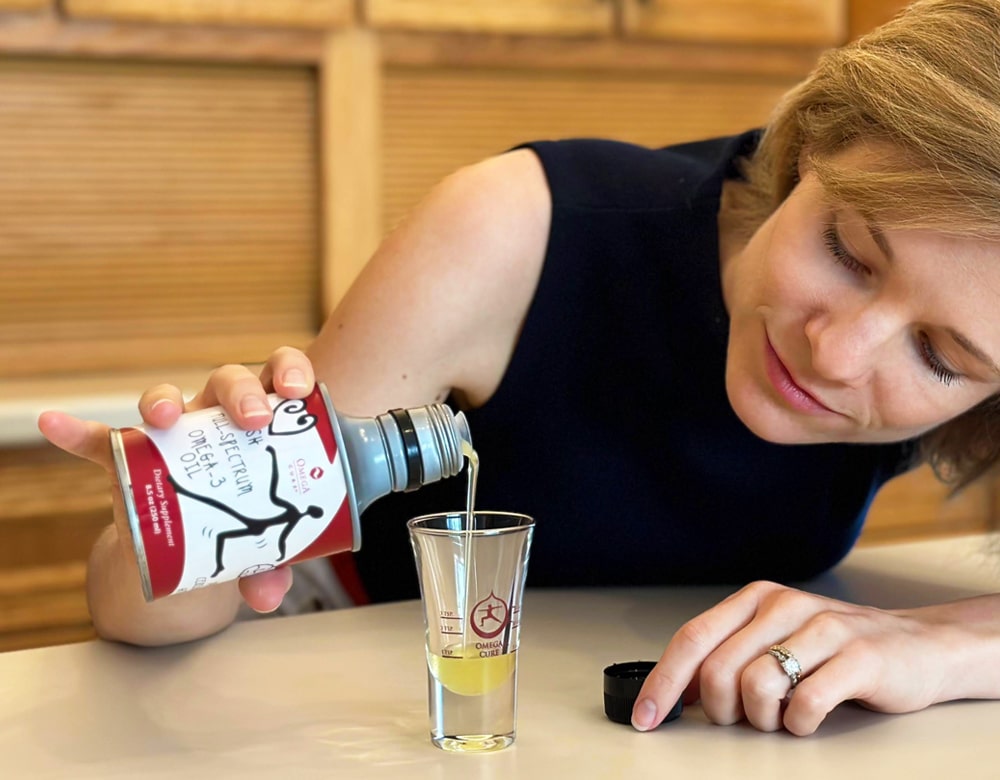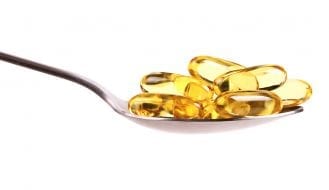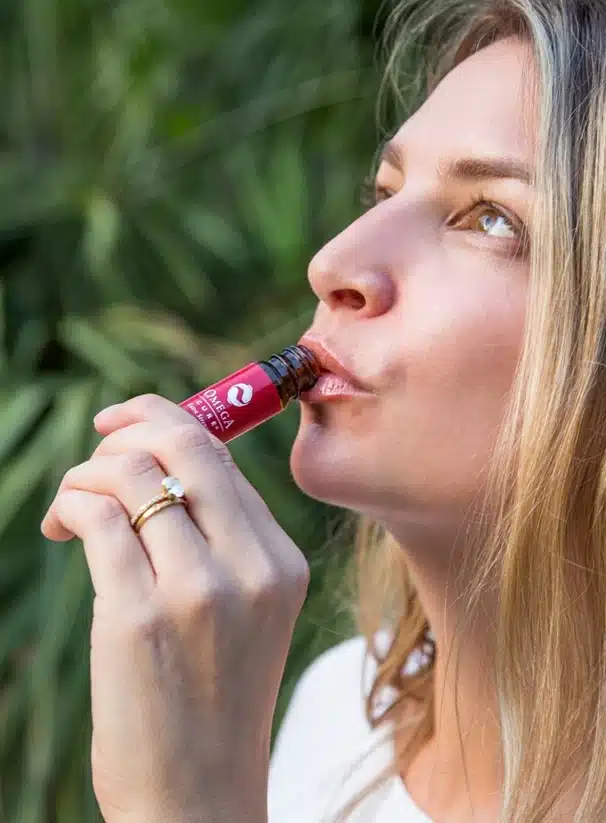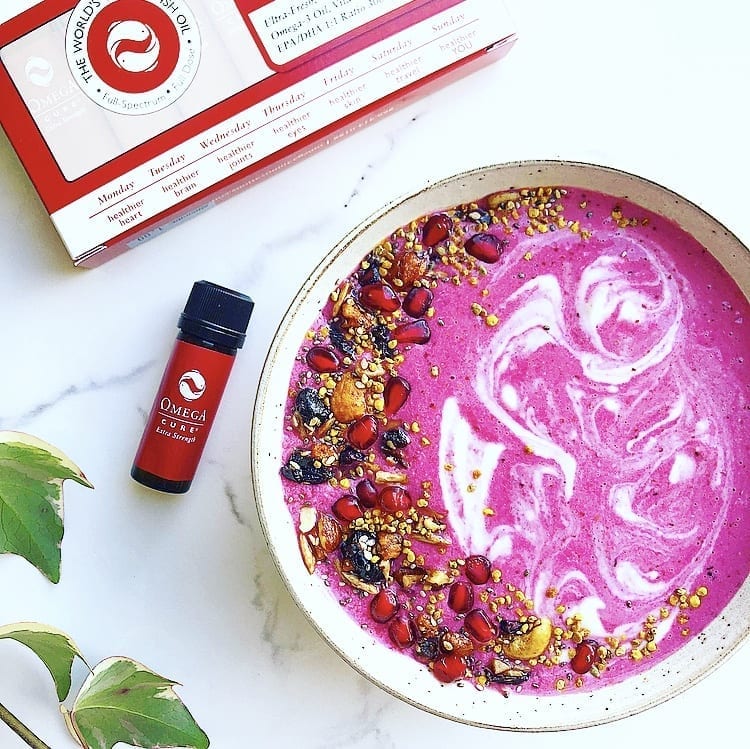Tips for Overcoming Your Struggle with Oily Textures
I have a confession to make: Some days, I don’t like drinking my Omega Cure® cod liver oil straight.
Yes, that’s right. I, the co-founder of Omega3 Innovations, have a texture problem. And in spite of working with omega-3 for the last two decades, I still need a kefir chaser regularly.
The truth is, I am not particularly fond of swallowing large quantities of oil. And talking with customers over the years, I know some of you feel the same way. Other people, like my husband, have no texture qualms whatsoever.
What Impacts People’s Texture Preferences?
Doing a little research online, I realize I am in good company. Foods described as mushy or slimy (I’ll add oily here) are often the target of fierce dislike, with items like oysters, okra and gelatinous meats receiving the most disdain.
There seem to be a couple of factors that can contribute to these feelings. For one, some scientists believe we developed a natural aversion to slimy foods as a protective mechanism. After all, if a firm food, like a carrot or an apple, is slimy or oily, it’s a good indicator the food has spoiled.
Genetics may also play a role. One theory suggests that texture preferences come down to the amount of digestive enzymes in the mouth. The more digestive enzymes, the more likely a person will enjoy a traditionally mushy food, like pudding. There are also some groups of people who may be more sensitive to textures than others. For instance, one study found that children with autism spectrum disorder were overwhelmingly more likely to choose their foods based on texture compared to children without autism.
For many of us though, food preferences in general are largely determined by what we were exposed to as children. Numerous studies show that children exposed to a variety of foods as toddlers grow into more flexible eaters as adults. Even breastfeeding makes a difference! When mothers breastfeed their children, they expose their infants to the flavors in their own diet, which makes trying the solid food a familiar experience later in life.
Pro tip: Mix your oil into something else, like a smoothie! Photo credit: Bowl Obsessed.
Tips for Making Oily Textures Go Down Easy
Even if you never developed a fondness for foods with oily textures, the good news is there’s still hope. You have the possibility of changing your perceptions with a few tricks.
Mix Your Way to a Happy Association
Juice, kefir, a smoothie, apple sauce — when it comes to mixing with Omega Cure, you have a lot of options. Not only does mixing your fresh, taste-free cod liver oil into another tasty food cut the oily texture; it can also help you create a more positive association with taking your daily dose.
Have Fun with It
When she was in high school, my daughter would occasionally pour her daily dose of Omega Cure over vanilla ice cream. Bo and I encouraged it, feeling that if she could associate taking cod liver oil with dessert, that was wonderful!
Now, I am not saying you should slather your Omega Cure in high-sugar food to make it palatable. But I think there is a lot of merit to turning the daily ritual of taking cod liver oil into an enjoyable experience. For instance, you can make drinking Omega Cure into a communal family activity or serve your Omega Cure as part of a nice meal. So much of how we feel about food is shaped by environmental factors, and if you can make the surrounding experience fun, it’ll go a long way towards changing your feelings about the texture.
Repeat, Repeat, Repeat
If you don’t love the oily texture of Omega Cure at first, there is still hope for you. Studies suggest it can take between 10 to 15 tries before we like a new food. In other words, keep going until you’ve at least finished that first bottle of Omega Cure before you make a decision about how you really feel about the texture.
Make Sure Your Oil Has Thawed Out
Because Omega Cure is a full-spectrum oil, it gets thick when you put it in the freezer and refrigerator. Depending on factors like how cold your refrigerator is or the composition of the individual batch, the thickness of the oil can vary. The easy solution is to let your bottle or vial sit on the kitchen counter for about five to 10 minutes to ‘thaw out.’
I typically put my Omega Restore vial on the counter and then take a shower. When I come back from my shower, the oil is just as thin as olive oil and much easier for me to swallow.
It’s Okay If Your Feelings Change
Over the years, I’ve noticed my texture preferences go through phases. I don’t have a scientific explanation for this. But I notice that for several weeks, I can take my Omega Restore vial straight without a problem, and then for another block of time, I shiver at the thought. During that second period, I will drink half my Omega Restore vial straight, then fill up the vial with kefir and down the rest. In other words, if your feelings about the texture change, that’s alright. It might be a signal to switch up your routine.
Now a question for all of you: Do you take your Omega Cure straight? Or do you prefer to take your Omega Cure with a little something? Let us know by commenting below!
Try Exceptionally Fresh Omega Cure
Experience the Omega3 Innovations difference for yourself with the most effective fish oil supplement on the market.
Buy Now
References:
1. Birch, Leann, Jennifer S. Savage, and Alison Ventura. Influences on the Development of Children’s Eating Behaviours: From Infancy to Adolescence. Canadian Journal of Dietetic Practice and Research. 68.1 (2007): s1–s56. May 7, 2009.
2. Cermak, Sharon, Carol Curtin, and Linda G. Bandini. Food Selectivity and Sensory Sensitivity in Children with Autism Spectrum Disorders. Journal of the American Dietetic Association 110.2 (2010): 238–246. March 19, 2013.
3. Gold, Kerry. How Saliva Determines Our Food-Texture Preferences. The Globe and Mail. May 31, 2016.
4. Rose, Darya. It’s A Texture Thing: How To Get Over Slimy, Spongy And Other Unfamiliar Food Textures. Summer Tomato. March 13, 2013.
5. Tepper, Rachel. Adventurous Eaters’ Food Habits Tied To Genes, Upbringing. The Huffington Post. June 10, 2013.
Popular posts



Related posts







